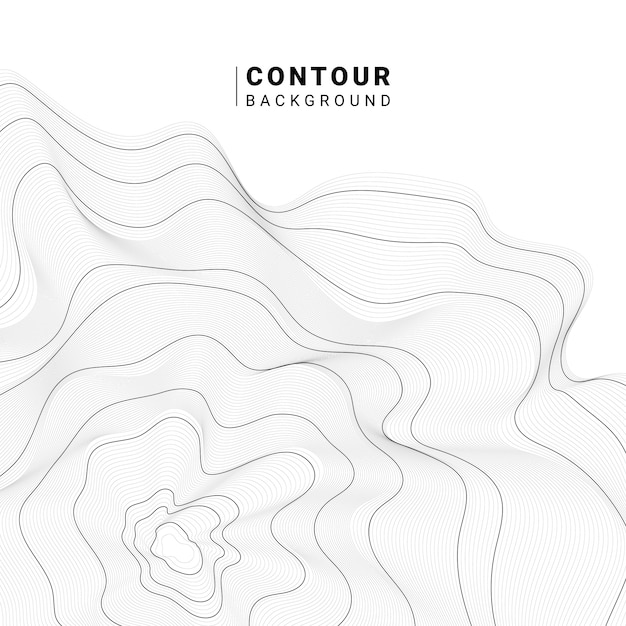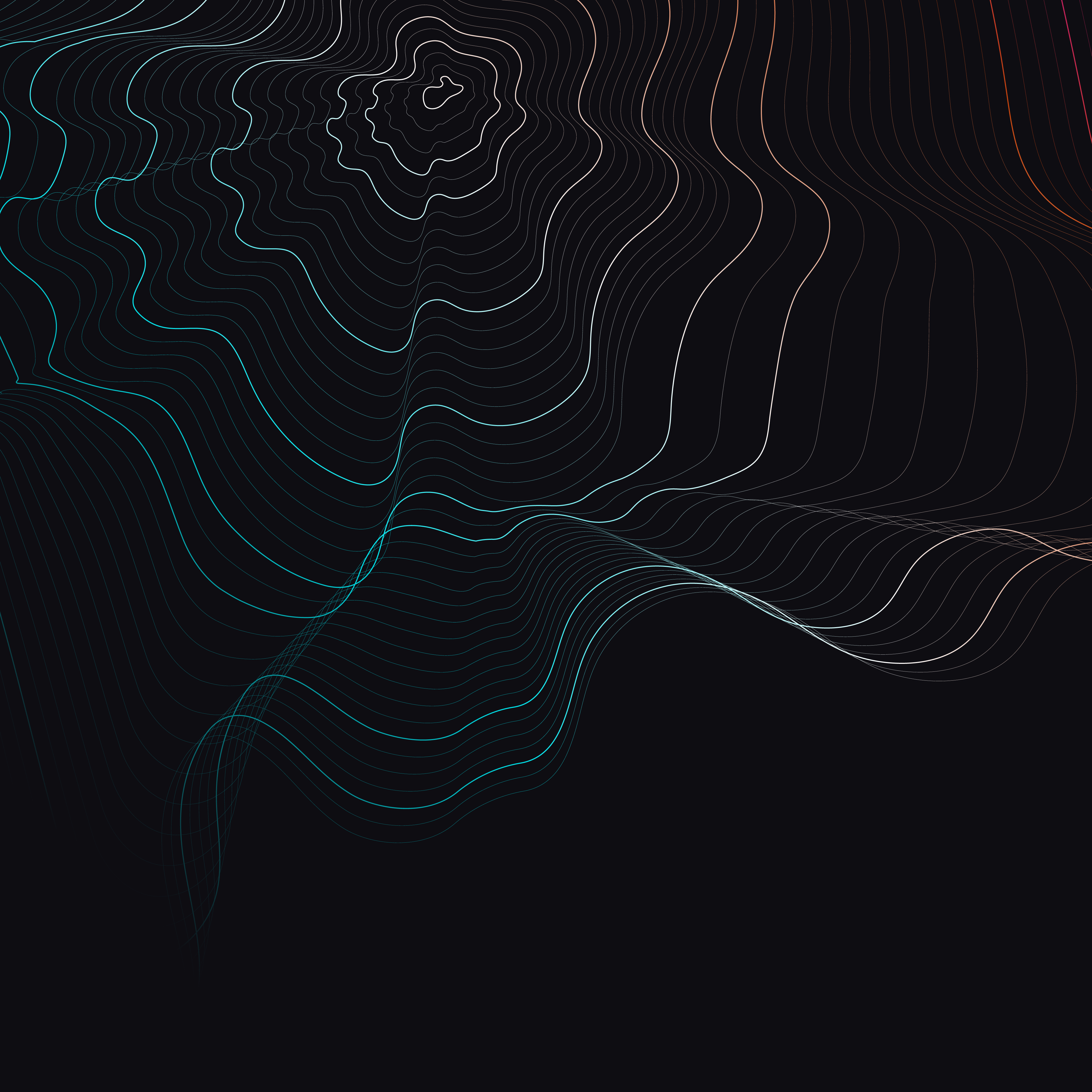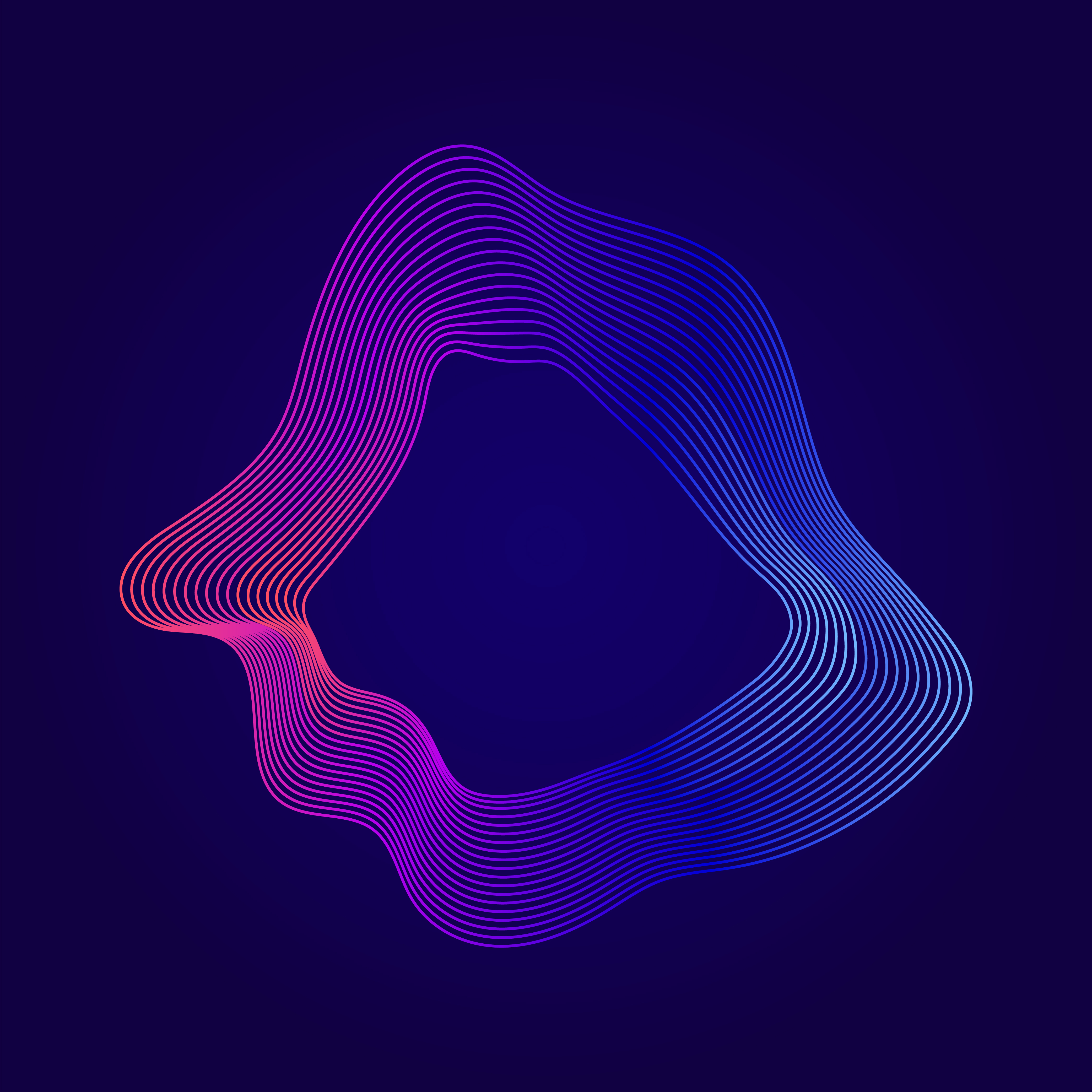


The lighter the area, the higher the elevation of that area. Now your DEM GeoTiff will be shown in the main window. A "Raster" just means a pixel-based image. To do this, go to the "Layer" at the top, select "Add Raster Layer" and select your DEM file. Next, you will need to download the DEM GeoTiff from your Map Detail page.
#Contour lines install
Download it from and install the latest version. The data we are working with here is the sample DEM that is generated with our sample data set.įirst, you will need the Quantum GIS (QGIS) software which is free. 5 meters and some customized coloring like this: In this example we will make a contour map with black isoelevation lines every. Making a contour map based on the DEM that Maps Made Easy generates by default is both easy and fun and allows for all sorts of customization. Contour interval, coloring and what the contours are displayed over are all things that need user input.

The issue with automatically generating contour maps is that there is no way to do so without making a lot of assumptions about what the user wants. We get a lot of requests for contour maps.


 0 kommentar(er)
0 kommentar(er)
